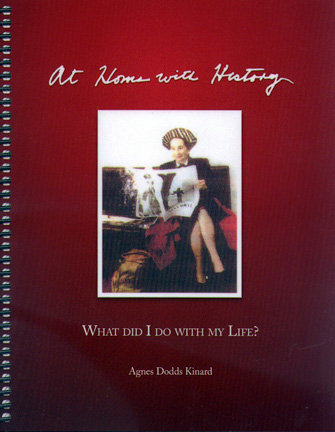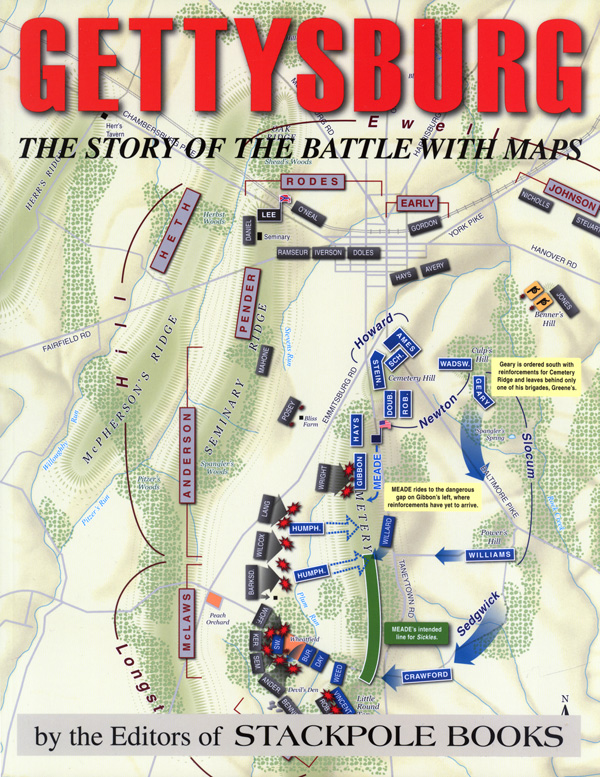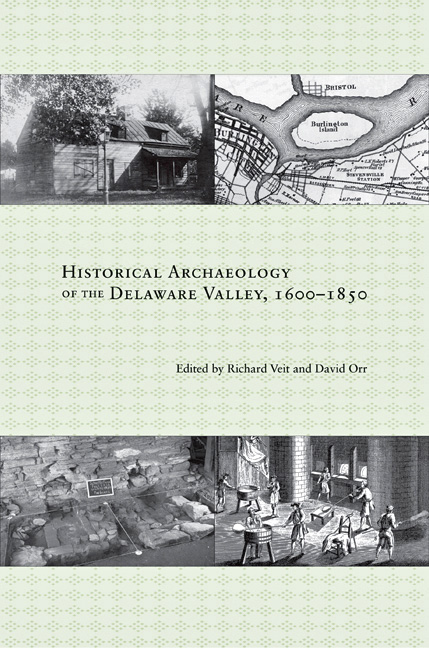 At Home With History: What Did I Do With My Life?
At Home With History: What Did I Do With My Life?
By Agnes Dodds Kinard
Pittsburgh: Geyer Printing Co., 2013
501 pps., photo illustrations, memory album pull-out
$100.00 spiral bound
An autobiographical labor of love, At Home with History: What Did I Do With My Life details the fascinating life of Agnes Dodds Kinard. Joining the Allegheny County Bar Association in 1940, Kinard was only the 60th woman to become a lawyer in the county. Highlights of her community involvement in Pittsburgh include working to preserve the Rachel Carson birthplace, acting as Membership Chairman of the Pittsburgh Plan for Art, and helping to establish the Pittsburgh Youth Symphony. Designed in a scrapbook-style manner, Kinard’s massive book includes newspaper clippings, letters, family photographs, and excerpts from her own writing to illustrate her family’s history as well as her various careers, travels, and lifelong love of writing. Kinard puts her life into the historical context of world events, which makes for a unique reflection on her place in the world
Reviewed by Liz Simpson, Assistant Editor, Heinz History Center
In memoriam …
When Agnes Kinard passed away on May 22, 2014, Pittsburgh and America lost a grand lady and historic character that enriched our lives in ways large and small. – Andy Masich
 Gettysburg: The Story of the Battle with Maps
Gettysburg: The Story of the Battle with Maps
By the Editors of Stackpole Books
Mechanicsburg: Stackpole Books, 2013
151 pps.,70 color maps
$19.95 paperback
In between the Civil War authorities and those unfamiliar with the conflict is a great swath of people with a little bit of knowledge about the Battle of Gettysburg. They tend to know the battle took place in July 1863 and vaguely know of the fight for Little Round Top and the final push of Pickett’s Charge. But there is of course so much more, and even the few experts can never know every commander and troop movement on the each side. For all those in the great wide middle, Stackpole has published the perfect book for trying to understand the events of those three staggering days. Every spread has a battlefield map, sometimes supplemented by detail maps. Alongside it is text that is both concise yet engaging, as if you are in the company of a battlefield guide. Longtime fans might own the equally satisfying “Gettysburg: A Battlefield Atlas” by Graig L. Symonds, but that 1992 book is out of print, plus this new volume has the advantage of full color and larger page size to deliver almost hour-by-hour detail. For armchair reading or touring the town, Stackpole’s book is highly recommended.
Reviewed by Brian Butko, Director of Publications, Heinz History Center
 Historical Archaeology of the Delaware Valley, 1600–1850
Historical Archaeology of the Delaware Valley, 1600–1850
Edited By Richard Veit and David Orr
Knoxville: University of Tennessee Press, 2014
414 pps., B&W illustrations and photographs, index
$54.95 hardcover
As a site of first contact between Old and New Worlds, and later the scene of multi-national European settlement, the Delaware Valley is “one of colonial America’s great cultural hearths.” This is the claim of editors Richard Veit and David Orr in the introduction to “Historical Archaeology of the Delaware Valley.” This collection of essays covers the archaeology and material culture of the area from the early days of European settlement through the Valley’s transition from colonial possession to sovereign nation. The artifacts left behind by the colonial residents of the Delaware Valley are a rich source of material culture for archaeologists and historians to study English Quakers, Germans, and Dutch settlers; farms, factories, mansions, and shipwrecks; and both the famous and those lost to history. This book is the first to focus on the archaeology of this region, bringing together research from across a broad spectrum of literature.
The essays chosen for “Historical Archaeology of the Delaware Valley” vary from dry excavation site reports and theory-heavy anthropological studies to more accessible articles spotlighting community-based archaeology and historic preservation. The lack of research in this region and time period is likely the reason why the chapters of this book vary so much in tone, intended audience, and subject. However, this is a strength as much as it can be seen as a fault. The variety in the essays gives readers a broad outlook, both in terms of perspective and subject matter, and a better understanding of the depth and breadth of the Delaware Valley’s historic importance and value to modern researchers. Readers looking to learn about the history of this region or the process of doing archaeology and using material culture to study the past will gain a great deal of insight from this collection of essays.
Reviewed by Lauren Van Zandt, Duquesne University graduate history program